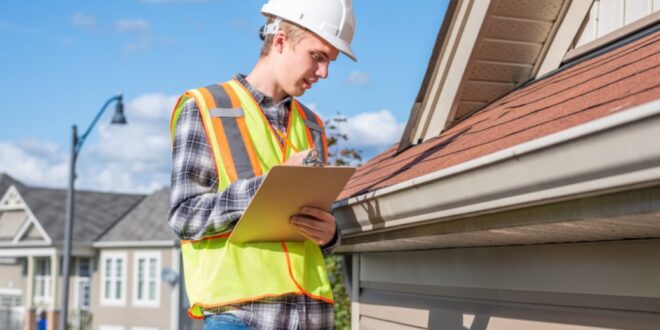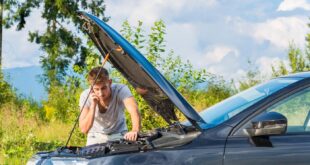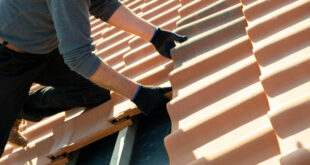Your roof serves as your home’s ‘head.’ Without it, the entire structure will slowly weaken and eventually collapse. So it’s crucial to maintain it to protect you and your family from any weather conditions you may experience throughout the year. Doing so will also help you ensure that your house remains sturdy for years.
But because of harsh elements and natural disasters such as hail storms, heavy snow, cyclones, and tornadoes, homes in some countries are vulnerable to roof damage. The strong winds can tear it apart or topple trees and other massive structures that can crash down your roof.
Fortunately, replacement and repair are often included in homeowners’ insurance coverage. But the downside is that not all incidents resulting in roof damage are covered. If your roof was destroyed recently due to extreme weather conditions, contact your insurance company to start the repair works. Otherwise, call a reputable roofing contractor for more info.
But to help you, this blog lists the instances where you may qualify for total or partial coverage for roof replacement. But first, you must understand how homeowners’ insurance works.
How Homeowners’ Insurance Work

Roof installation, repairs, and fixes can be costly. And because your roof is an essential part of your home, roof experts must do the necessary procedures to ensure quality. That’s why homeowners avail insurance plans.
But insurance laws vary from state to state, with some being more stringent than others. However, most, if not all, territories dictate that insurance providers cover home damages resulting from disasters and emergencies. If a substantial section of your home was damaged, for instance, your roof, your insurance coverage might be able to pay in whole or part of the costs of renovating your home.
You may have to pay a certain deductible amount depending on your coverage. And most likely, you will have a coverage limit or the maximum allowable cost that an insurance company could cover. So, you must review your insurance policy document to determine the expenses tied to these critical terms.
Can Homeowners Insurance Pay For Roof Damage Repair?
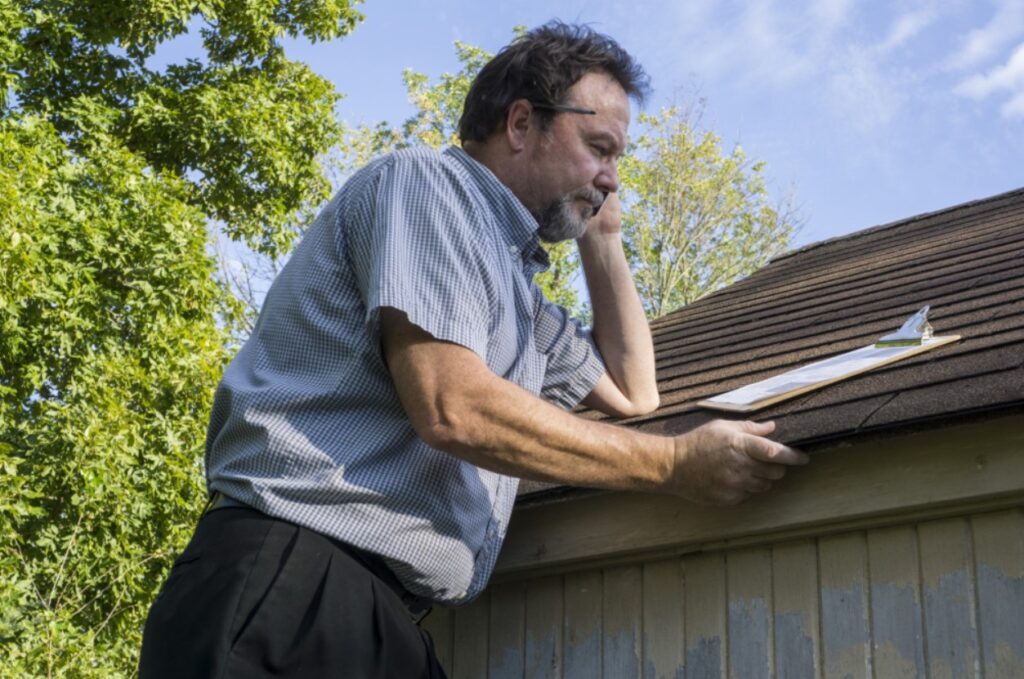
As with other types of insurance, you must understand the terms and conditions laid out on your insurance policy before signing. If not, you may be in for some surprises when it’s time to apply for claims.
If your roof is destroyed, check the clauses under the following types of insurance to know whether you qualify for reimbursement or not.
• Dwelling Coverage
This coverage is the core of a homeowner’s insurance, as it indicates the terms of coverage. Dwelling coverage safeguards your entire home and the structures attached to it. Apart from renovations, it may include related works such as electricity and plumbing services. Insurances, in general, typically cover the following perils:
• Fire Damage
A section for fire and smoke damage to any property is typically included in homeowners insurance coverage. Moreover, some insurance policies have a loss of use coverage, which pays for your lodging, meals, and other expenses while your property is fixed. But if your roof was damaged due to fire, you could claim an amount from your insurance provider to restore your damaged roof.
• Wind Damage
Windstorms can become violent and with enough force to tear off your roof. In such cases, your homeowners’ insurance will come in handy to cover the costs of mending a damaged roof. However, not all insurance policies cover wind and hail damage, so ensure that this isn’t the case for your chosen company.
• Hail Damage
Hail, which is ice falling from the sky, can cause severe damage to your property and harm you, more so your home’s topmost section. Roof damage from hail storms is often covered by some companies, though not all, as stated earlier.
• Lightning Strikes
Lightning strikes can affect a specific population at any given time. In some instances, a roof destroyed due to lightning strikes is likely to qualify for coverage.
• Explosions
Explosions in or out of your home may damage your roof on rare occasions. When this happens, it’s best to contact your insurance company to determine if repair expenses can be reimbursed.
• Falling Objects
The topmost section of your home might take a beating from a fallen tree or any object toppled by strong winds or a storm. In such cases, you can rely on your coverage to help with the restoration.
When your rooftop is due for replacement after a damaging storm, remember these tips in choosing a suitable roof material to have a durable and more resilient covering for your property.
• Theft
Most intruders break into your home through the door or window. But if they take the challenging route and climb to the top and damage your roof, your policy will likely cover the costs.
In addition, the things you lost due to these thieves are often covered by homeowners’ insurance through its property coverage component. Some policies consider this as an add-on or a rider, and you may need to pay for it separately. At the same time, being covered doesn’t mean you’ll recover all your stolen items based on the market or purchase price, as companies often set price ceilings for particular objects.
• Weight Of Sleet, Ice, Or Snow
A pile of snow may look harmless and friendly, but it can be heavy and dangerous when it accumulates on your rooftop. If snow has been falling heavily in your area, causing damage to the topmost section of your property, your insurance policy provider can typically cover the repair costs.
• Water Damage
Homeowners’ insurance doesn’t typically cover water damages, but you may purchase a flood insurance policy separately. Otherwise, water damage caused by accidents or emergencies is generally included in reimbursements. So, if a pipeline in your attic bursts while plumbers are fixing it, your policy will likely shoulder the expenses. On the other hand, if the pipe problems were caused by lack of maintenance or normal wear and tear, it can be challenging to have your spending repaid.
Other Structures Protection
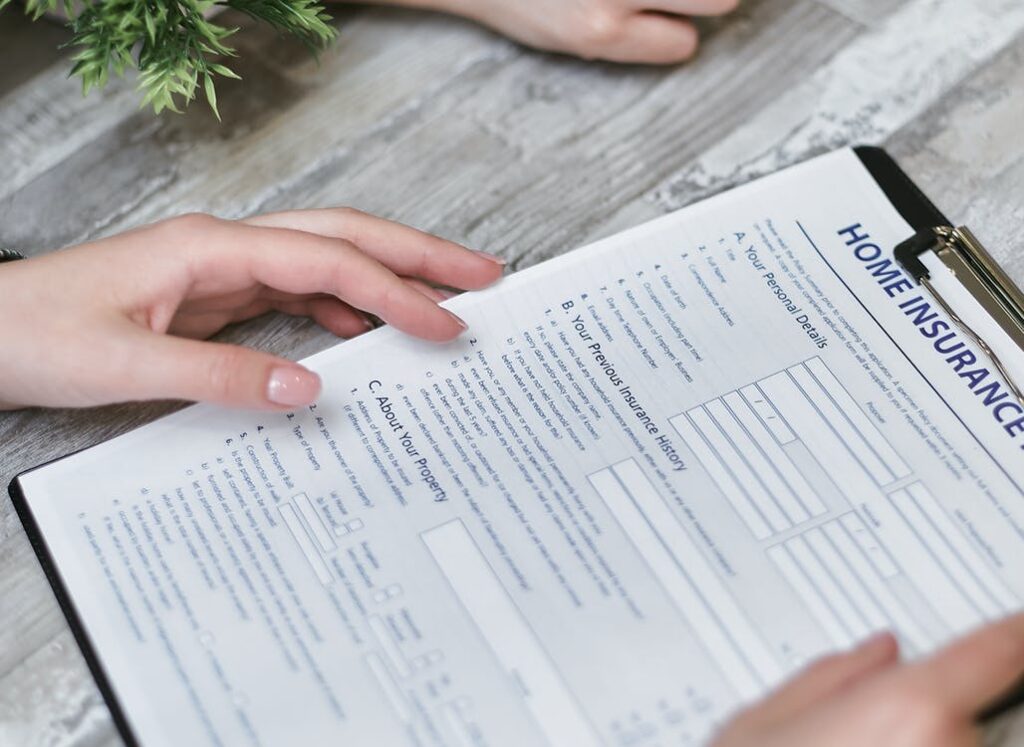
If the destroyed roof is part of a structure that isn’t attached to your property, it can still be covered under the other structure’s protection component of the policy. This type of protection comes in handy if you have a shed, barn, or garage detached from your home. Most policies provide 10% of your total dwelling coverage for this type of extended protection.
Concluding Thoughts
Having insurance for your home is highly beneficial, especially in disaster-prone areas. Getting one helps you pay for unpredictable expenses caused by accidents and significant catastrophes where you’re vulnerable to losing more than your roof.
However, note that coverage isn’t automatic. You need to inform your insurance provider about the damage so they can send an insurance adjuster over to assess and determine how much you’re getting or if you’re getting reimbursed. More importantly, familiarize yourself with the policy details, particularly the coverage limits and deductibles.
 Imagup General Magazine 2024
Imagup General Magazine 2024
